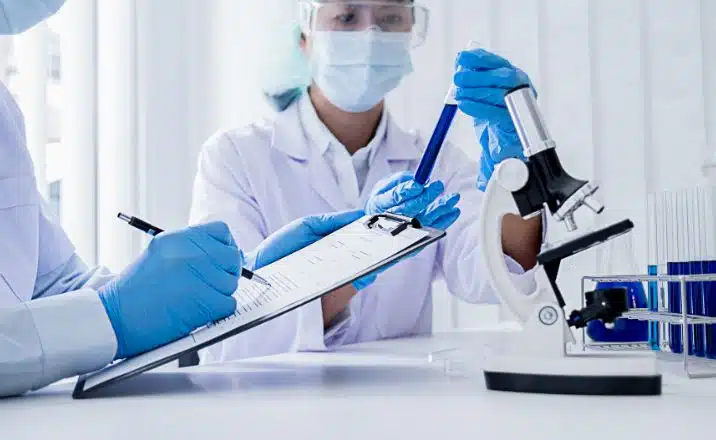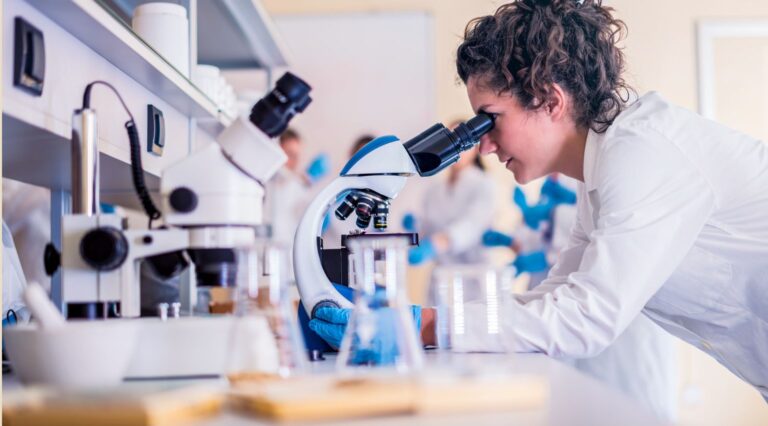Method Validation: Key to Accuracy & Reliability of Test Results

In the fast-paced world of laboratory testing and calibration, one crucial process stands as the guardian of result reliability and accuracy: method validation. Let’s explore the method validation and its pivotal role in laboratory operations.
What is Method Validation?
At its core, method validation is the process of proving that a testing procedure is fit for its intended purpose. It’s not just a checkbox on a to-do list; it’s a critical step in developing and implementing any analytical method. Method validation provides documented evidence that a method can consistently produce reliable and accurate results. Think of it as a seal of approval for your testing methods.
When Do You Need to Validate a Method?
As the saying goes, “One size doesn’t fit all when it comes to validation!” Method validation becomes necessary in several scenarios:
a) When using non-standard methods
b) For laboratory-developed methods
c) When standard methods are used outside their intended scope
d) If standard methods have been modified
Remember, any time you’re using a method in a way that hasn’t been previously validated, it’s time to consider performing a validation study.
The Key Elements of Method Validation
Method validation is composed of several key elements. While specific parameters may vary depending on the type of analysis and regulatory requirements, here are some common elements:
a) Measurement Range: What’s the span between the highest and lowest concentrations of analyte that the method can reliably measure?
b) Accuracy: How close are your test results to the true value?
c) Precision: If you repeat the method, how reproducible are the results?
d) Limit of Detection (LOD): What’s the lowest concentration of analyte that can be reliably detected?
e) Limit of Quantification (LOQ): What’s the lowest concentration of analyte that can be reliably measured?
f) Selectivity: Can your method accurately measure the analyte even when other components are present?
g) Linearity: Does your method give results directly proportional to the analyte concentration?
h) Repeatability or Reproducibility: How consistent are results across different setups?
i) Robustness: How well does your method handle small, deliberate variations in parameters?
The Validation Toolbox
To assess these elements, validators have a variety of techniques:
a) Analysis of Reference Materials: Using certified reference materials to check accuracy and precision.
b) Spiked Sample Analysis: Adding known amounts of analyte to samples to determine recovery and assess matrix effects.
c) Method Comparison: Comparing results with those from a validated reference method.
d) Robustness Testing: Deliberately tweaking method parameters to see how they influence results.
e) Interlaboratory Comparisons/Proficiency Testing: Multiple labs analyze the same samples and compare results.
f) Statistical Analysis: Using statistical tools to evaluate data and determine performance characteristics.
These techniques serve as a method’s report card, showing how well it performs in various aspects.
The Paper Trail of Validation
In the world of method validation, documentation is key. Laboratories must maintain records of:
a) The validation procedure used
b) Specification of the requirements
c) Determination of the method’s performance characteristics
d) Results obtained
e) A statement on the method’s validity, detailing its fitness for the intended use
This documentation is the evidence that backs up your method’s credibility.
By performing thorough method validation, laboratories demonstrate their commitment to quality. In a world where data drives decisions, validated methods are the fundamentals of trustworthy results. Remember, “A validated method is a trustworthy method.




Excellent summery of the process.